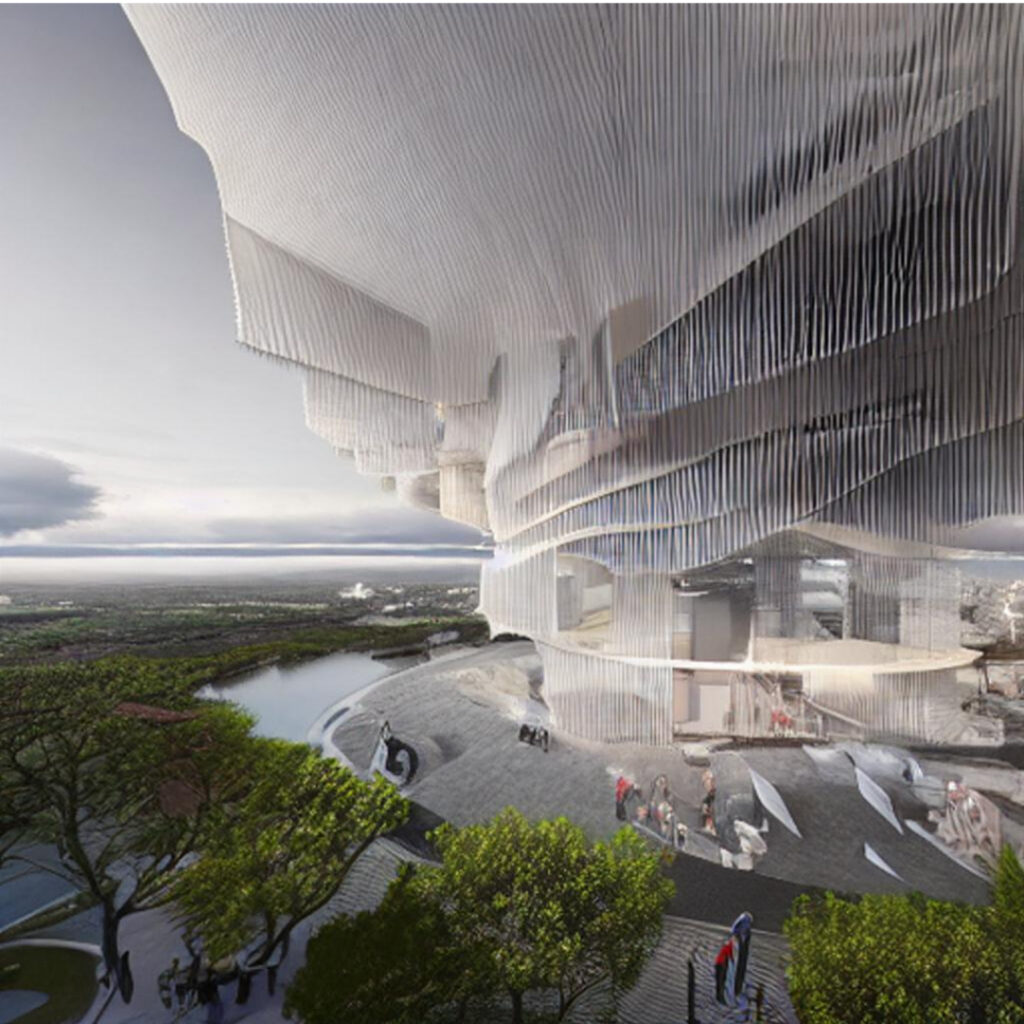
As the world becomes more digital, the architecture industry is following suit with new visualization technologies and techniques. Architects and designers are embracing new tools to visualize their designs and communicate their vision to clients and stakeholders. In this guide, we’ll explore the latest trends and innovations in architecture visualization and what the future holds for this exciting field.
1. Virtual Reality and Augmented Reality
Virtual reality (VR) and augmented reality (AR) are two of the most exciting developments in architecture visualization. These technologies allow architects and designers to create fully immersive environments that clients and stakeholders can experience in 3D. With VR, architects can design and walk through a virtual space, providing a realistic sense of scale and proportion. AR, on the other hand, allows architects to overlay virtual designs on top of the physical world, providing a seamless integration of digital and physical spaces.
2. 3D Printing
3D printing is another technology that’s transforming the architecture industry. With 3D printing, architects can create physical models of their designs quickly and inexpensively. This technology is especially useful for creating complex geometries and intricate designs that would be difficult or impossible to create by hand.
3. Photorealistic Rendering
Photorealistic rendering is a technique that uses advanced computer algorithms to create highly realistic images of architectural designs. This technique is becoming increasingly popular in the industry, as it allows architects to showcase their designs in a highly polished and professional manner. With photorealistic rendering, architects can create images that are indistinguishable from photographs, providing clients and stakeholders with a highly realistic view of what the finished project will look like.
4. Mobile Apps
Mobile apps are becoming an essential tool for architects and designers. With mobile apps, architects can easily access and share design files on the go, collaborate with team members, and communicate with clients and stakeholders. Mobile apps are also becoming more sophisticated, with some offering features like augmented reality and virtual reality.
5. Artificial Intelligence
Artificial intelligence (AI) is another technology that’s poised to transform the architecture industry. With AI, architects can analyze massive amounts of data to optimize designs and improve building performance. AI can also be used to create more efficient and sustainable designs, reducing the environmental impact of buildings.
Conclusion
The future of architecture visualization is bright, with new technologies and techniques emerging all the time. As architects and designers continue to embrace these innovations, the industry will become more efficient, more sustainable, and more collaborative. By staying up to date with the latest trends and innovations, architects can stay at the forefront of this exciting field.









